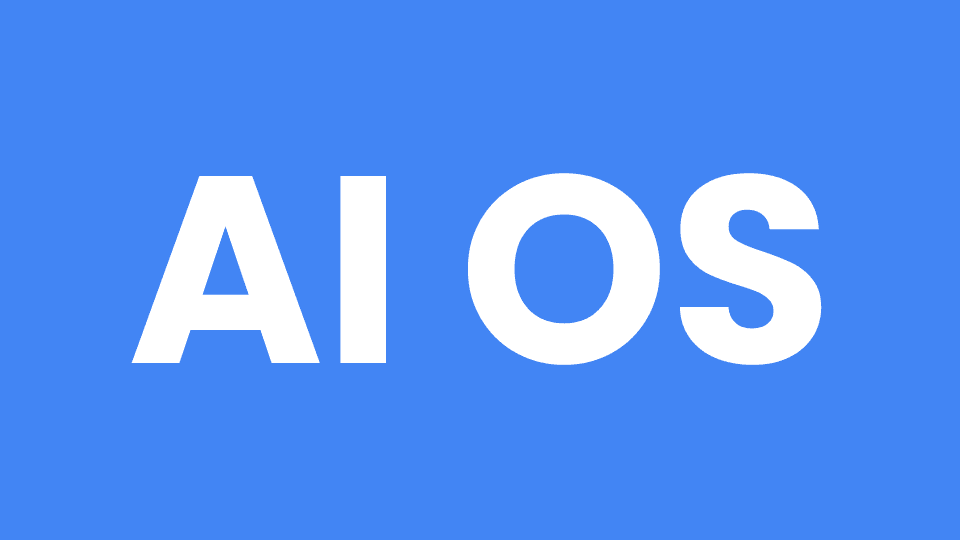Choosing between an SDK or an API seems like a 100% engineering decision. However, it
affects users and product team experience, the overall development process, and
time-to-market. Yet, conversations are difficult to follow for most non-technical people. Adding the complexity of voice
recognition makes it even harder. For example, Google Speech-to-Text offers an API, but Amazon Transcribe an SDK for
its API. Then Amazon Transcribe offers .NET SDK for batch transcription but not for streaming transcription. Which
one is the best?
The short answer is: it depends. It depends on what you want to achieve and how. APIs can work better if your goal is
to access simple functionalities. SDKs can fit better if it is to build efficient and native applications.
APIs offer flexibility and scalability. An application can interact with the API provider, regardless of the
programming language or platform. However, the benefits come with performance and governance risks.
Processing voice data via an API incurs latency and performance drawbacks. Delays in API calls and response times
become a significant problem for mission-critical applications and when transmitting a large volume of data. In
addition, any data transferred through an API is vulnerable to data loss and corruption. Developers have to ensure
data is shared and stored securely. A recent survey shows
that 53% of data breaches were due to compromised API tokens.
SDKs provide direct access to the functionality, features, and libraries required for integration and development,
allowing developers to use them within their applications. SDKs also help enterprises with cost control during and
after deployment. However, SDKs have some risks, too.
First, make sure that your vendor supports the SDK you need. For example, Amazon Transcribe does not offer a
.NET SDK for streaming transcriptions. However, if you have a .NET application, your choices are re-writing the
application, asking developers to code with a supported SDK, hiring new developers who are more comfortable with
supported SDK or finding an efficient way to compile an existing SDK. Thus, working with a vendor that offers a
.NET SDK is easier.
Picovoice supports all modern SDKs, including Android, C, .NET, Flutter, iOS, Java, NodeJS, React, React Native,
Python, and WASM.
Second, remember that an SDK can have an API, which means your software may send voice data to a 3rd party
application for processing. Thus, even using an SDK cannot mitigate the performance and governance risks above, as in
the case of Amazon Transcribe. A voice product built with Amazon Transcribe SDK sends voice data to Amazon’s servers,
then receives text data back without knowing what happens during transmission and transcription.
Third, every SDK is not the same. Both API and SDK providers work hard on the developer experience. Ease-to-follow
documentation is one aspect. As expected, some providers are more successful than others, affecting the allocated
developer time.
Picovoice Consulting offers enterprises instructor-led courses and hackathons to equip product teams with the skills they need in the age of AI. Engage with them to find a custom solution for your specific needs.
Consult an Expert






